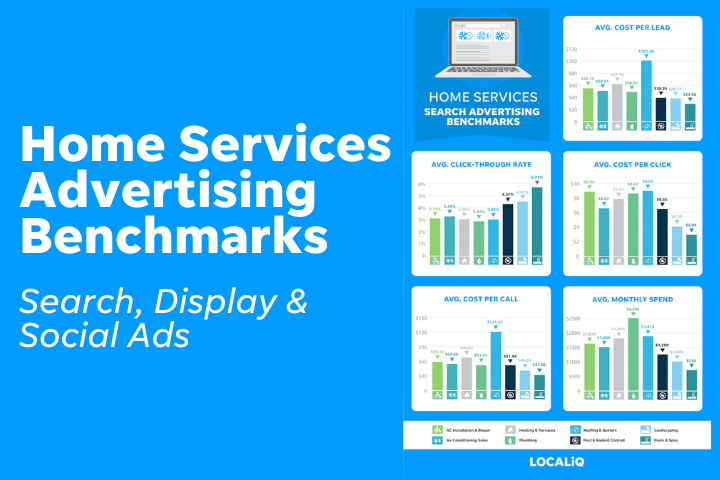
Both client-side and server-side tagging tools via GTM are free; however, it’s the server infrastructure and computing processing that will incur costs. Typical costs include data volume, server type, and the number of server instances.
From views to conversions, GTM gives access to valuable insights about customers via AdWords and Analytics, and it supports both Google and third-party tags.
What is Server-Side Tagging in GTM?
As with any new technology, successful integration will depend on every use case. Be sure to understand how a change to server-side tagging will affect your business and overall reporting strategy, and if you’re not certain, be sure to reach out to a trusted expert for advice.
With server-side tagging, you control who is able to view your customers’ captured data, and how/where that data is being sent to. The benefit for you? You’re able to encrypt sensitive data or prevent PII from being sent to non-affiliated parties – which can be costly if requirements aren’t followed correctly!
As server-side tagging becomes more commonplace, we’re hoping to see more publicly available templates and common help documents to get started and surpass obstacles to integration.
There are other benefits to server-side that isn’t just about analytics or tracking, too. With reduced processing requirements, pages will load faster and site performance will improve. Faster loading and better UX means that users will likely spend more time on your site, giving you heaps of data to better understand your customers. And, improved page speed almost always results in SEO gains.
If you haven’t already updated to the new Google Analytics, learn how here. And if you’re already using Tag Manager, learn how to send data to a server-side tag here. Need help with implementation, strategy, or other tracking needs? Get in touch with us! Our digital marketing experts bring the right tools to help achieve your goals.
Google Tag Manager currently works without communicating with the server. It loads a GTM container in a webpage, and then loads corresponding GTM tags into the page. When different events occur across different pages, the behavioral data is sent from the browser (client-side) directly to services like Google Ads, Google Analytics, Facebook Ads, or any other GTM-enabled service.
Pros of Server-Side Tagging in GTM
Current GTM configuration without server-side works by first loading a GTM container onto a webpage, which then injects configured GTM tags into the page. The different tags are fired in response to different events that happen on page, sending data from the browser client-side directly to different vendors such as Google Analytics, Google Ads and Facebook Ads, etc.
Streamlined Site Performance
With your environment set up completely detached from the client-side, you can pre-process data as it arrives. Before sending to an external party, for example, you can add information like lead quality, product information, client behavior, demographics, or CRM data. Or, you can even parse and send the data in different directions, depending on how your environment is established.
Of course, to truly upgrade your data collection processing, it’s important to understand how to implement server-side tagging, and how this functionality could add value to your data process, instead of adding bloat.
Improved Data Security
Server-side tracking, on either hand, facilitates this by creating a GTM container within a dedicated cloud server, which you or your team will have ownership over and unlimited access to – no longer obfuscated by third-party proxies or other services.
As this is a new technology to the GTM stack, there are many immediate benefits to using the service. Let’s take a deeper look into some of the pros of server-side tracking in GTM below.
Enrichment of All Data
If you don’t have the bandwidth to integrate a server-side tracking process into your marketing or analytics stack, your pathway to adoption will be difficult. What is involved in a technical integration for server-side tracking? Let’s take a look.
To understand server-side tagging, it’s important to first understand Google Tag Manager’s default execution.
Cons of Server-Side Tagging in GTM
By placing Google tags or third-party tags in their own secure server container, you’re actually gaining more control over your customers’ captured data.
Changing Reporting Requirements
As with any cloud computing service, the server-side aspects are not free. This might come as a surprise if you have turned to Google Tag Manager as your dedicated free tagging resource.
Technical Integration
As data collection is no longer covered by external parties, you or your organization are the responsible parties for reporting your data-collection processes. With the integration of server-side tagging, you are removing the pathway for understanding how your site data is collected, stored, and used. This can leave you susceptible to possible audits. If you don’t already have data-collection policies outlined on your site, we recommend doing so as to comply with GDPR and CCPA, or wherever you are located.
- Building custom Tag Templates
- Building custom Client Templates
- JavaScript code
- Understanding of building server functionality
If you’re collecting a large amount of data across many instances and differing servers, you can expect to spend money. But this is a small price to pay compared to the wealth of data you’ll be receiving from Google.
Incurring Costs for Processing
After much anticipation, Google Tag Manager has released server-side tagging as a public beta feature. Even if you’re a new or advanced user of Google Tag Manager, you may be wondering what server-side tagging can offer your marketing strategy.
There are lots of key advantages to consider, as well as some potential drawbacks. Let’s take a deeper look into the basics of server-side tagging in GTM, and some strategies for implementation.
If you’re not using GTM, you’re missing out on a valuable free tool to track events that happen on your site.
Server-side GTM tagging eradicates potentially bloated marketing and analytics scripts. As mentioned above, all processes occur in their own container, minimizing client-side processing, and reducing the need for on-page JavaScript. It’s a more efficient method of collecting the same data.


![Prime Day in October [How To Prepare For The Prime Early Access Sale]](https://research-institute.org/wp-content/uploads/2022/09/prime-day-in-october-how-to-prepare-for-the-prime-early-access-sale-768x376.jpg)



